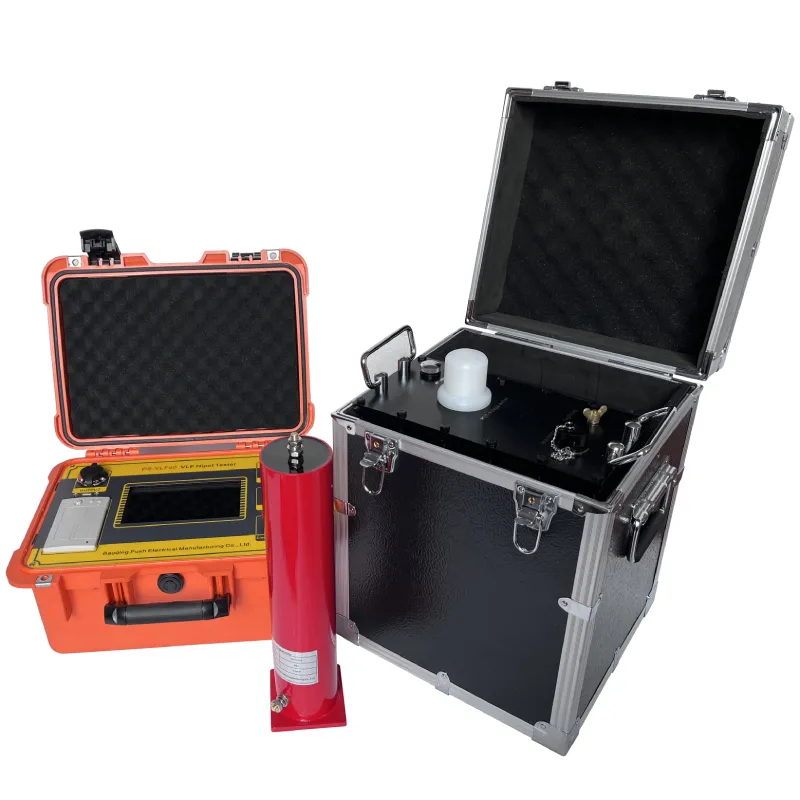 English
English


Understanding Flash Point Testing Using ASTM D93 Method for Accurate Results
Understanding Flash Point Determination through ASTM D93 A Comprehensive Overview
The flash point of a substance is a critical parameter that provides insights into its flammability and safe handling practices. The flash point is defined as the lowest temperature at which vapors of a combustible liquid can ignite when exposed to an open flame or spark. The ASTM D93 test method, also known as the Flash Point by Pensky-Martens Closed Cup Tester, is a widely accepted standard for determining the flash point of various materials, particularly oils and fuels. This article delves into the importance of flash point, the ASTM D93 testing procedure, and its implications for safety and regulatory compliance.
Importance of Flash Point
Flash point is essential for numerous reasons. It serves as a primary indicator of a material's volatility and potential fire hazards. For industries handling flammable liquids—such as petrochemicals, paints, and solvents—understanding the flash point helps in establishing safe storage, transportation, and handling procedures. Regulatory agencies often require flash point data to classify substances appropriately, ensuring compliance with safety standards that protect workers, equipment, and the environment.
Overview of ASTM D93
ASTM D93 outlines a standardized procedure to accurately determine the flash point of liquids using the Pensky-Martens Closed Cup apparatus. The closed cup setup minimizes the loss of vapors during the test, providing a more accurate and reproducible measure of flash point compared to open cup methods.
Equipment and Materials Needed
The ASTM D93 test requires specific equipment and materials including
1. Pensky-Martens Closed Cup Tester This device consists of a cup in which the sample liquid is heated and a lid that has a small opening for a spark igniter. 2. Heating Bath To control the temperature of the sample being tested. 3. Test Sample The liquid whose flash point is to be determined, which must be free from water and other contaminants. 4. Thermometer To accurately measure the temperature of the sample.
Testing Procedure
flash point astm d93

The test procedure for ASTM D93 involves several key steps
1. Sample Preparation The liquid sample must be at room temperature and free of air bubbles. Approximately 50 mL of the sample is poured into the test cup.
2. Heating The sample cup is placed in the heating bath and heated gradually. The temperature is raised at a specified rate, typically 5 ± 1 °C per minute, until the flash point is reached.
3. Ignition Testing At regular intervals, a test flame is introduced into the cup through the ignition port. If a flash is observed, it indicates that the vapor concentration is sufficient to ignite.
4. Recording Results The temperature at which the flash occurs is recorded as the flash point of the sample. The test usually requires multiple trials to ensure accuracy, with the final flash point being the lowest temperature at which ignition was observed.
Safety and Compliance
Understanding and adhering to ASTM D93 is crucial for industries that handle flammable liquids. Proper training in the application of this standard not only ensures the accurate determination of flash points but also enhances workplace safety. Furthermore, regulatory agencies, including OSHA and EPA, often reference flash point data to enforce safety regulations. Non-compliance can lead to serious ramifications including fines, legal issues, and increased risk of workplace accidents.
Conclusion
The ASTM D93 test method for determining flash point is a fundamental procedure that underpins safety practices across various industries. It provides vital data that help in assessing the fire hazards associated with liquids. By understanding flash point and employing standardized testing methods like ASTM D93, industries can foster a safe working environment, protect personnel, and comply with regulatory demands. As technology advances and industries evolve, the importance of such testing methods remains paramount in ensuring overall safety and environmental protection.
-
Differences between open cup flash point tester and closed cup flash point testerNewsOct.31,2024
-
The Reliable Load Tap ChangerNewsOct.23,2024
-
The Essential Guide to Hipot TestersNewsOct.23,2024
-
The Digital Insulation TesterNewsOct.23,2024
-
The Best Earth Loop Impedance Tester for SaleNewsOct.23,2024
-
Tan Delta Tester--The Essential Tool for Electrical Insulation TestingNewsOct.23,2024





